Explosive Audit Changes Cause of Death for 41 Police-Involved Cases
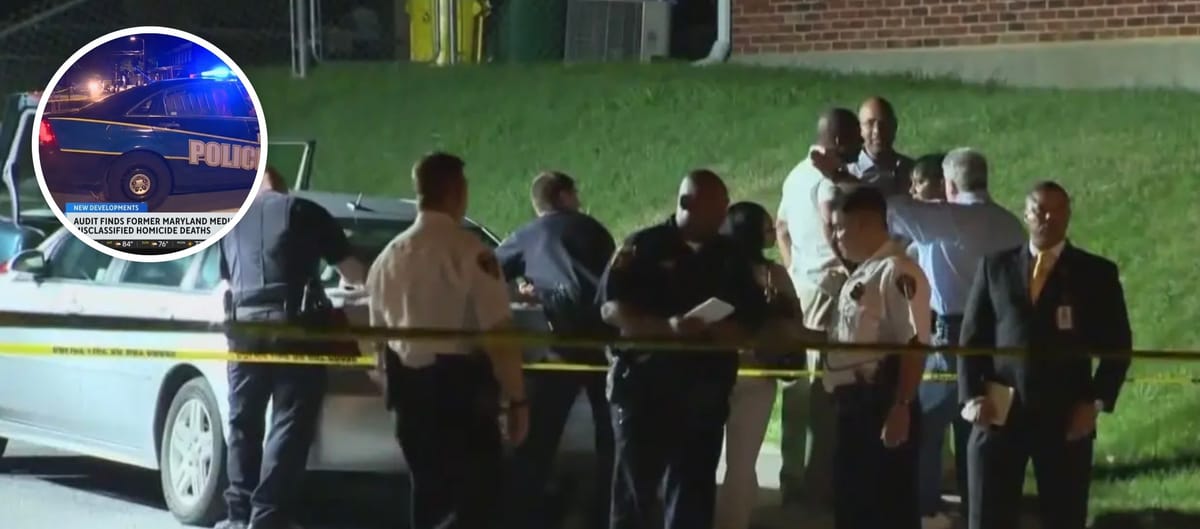
A massive, multi-year review has shaken up decades of death classifications.
Results announced this week are prompting a closer look at how certain complex cases were handled.
Unpacking Years of Investigations
The audit spanned a significant period, looking at cases from 2003 through 2019.
Led by Towson University psychology professor Jeff Kukucka, the team examined over 1,300 death investigations.
Specifically, they focused on cases involving deaths that occurred shortly after individuals were restrained by police.
Maryland Attorney General Anthony Brown and Gov. Wes Moore were present for the announcement of the audit's findings.
“The audit report’s findings reveal significant discrepancies that demand our attention and response,” Brown said.
The review process itself was thorough, involving multiple medical experts.
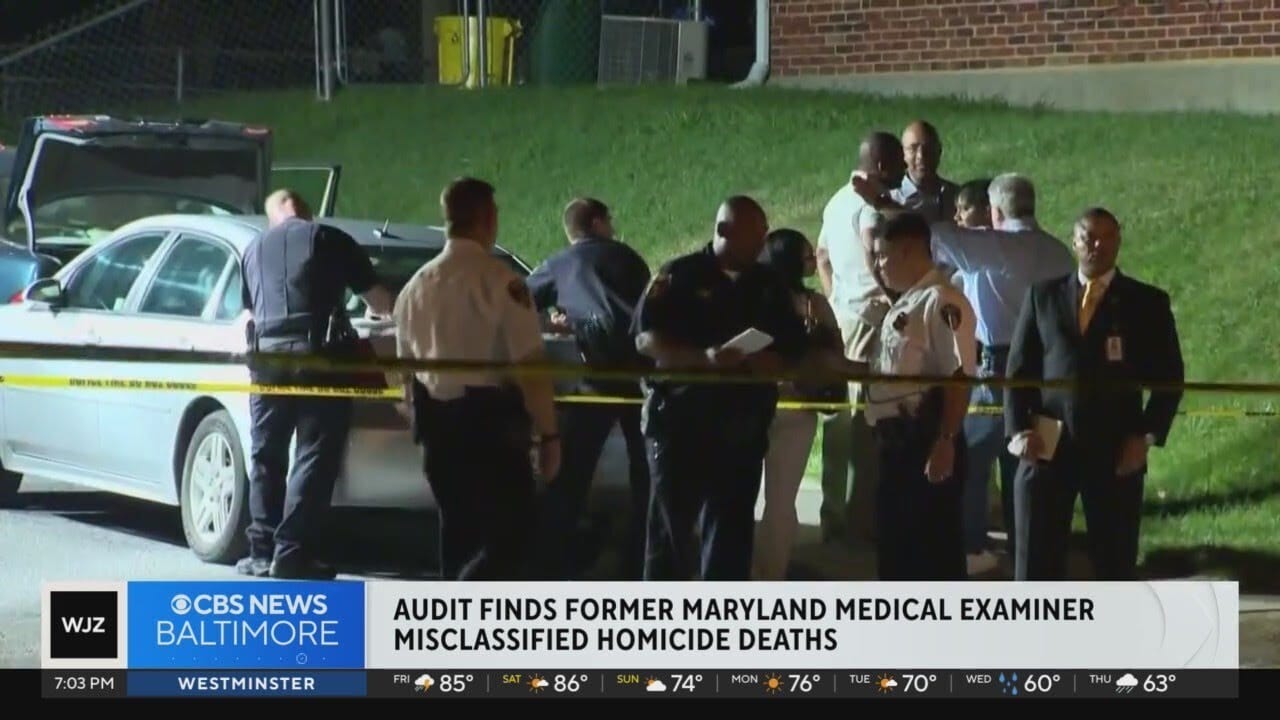
A Deep Dive into Complex Cases
Out of the large pool of reviewed cases, researchers narrowed their focus to 84 deaths where police restraint was involved.
These specific cases underwent a detailed review by panels of forensic pathologists.
Twelve experts were divided into three-member teams to re-examine the findings.
To ensure impartiality, sensitive details like race were removed from the reports given to the review panels.
This extensive process aimed to apply current standards and interpretations to past determinations.
Applying Forensic Standards
The panels evaluated whether the original classifications aligned with current forensic practices.
A key standard discussed was the "but for" rule, which suggests a death should be classified as a homicide if it resulted from the actions of another person, regardless of intent.
Applying this standard can sometimes lead to different conclusions than previous practices.
The audit found that the review panels often reached different conclusions than the original medical examiner's office did in these restraint-related cases.
The findings highlighted that classifying cause and manner of death in complex circumstances can involve varying interpretations by experts.
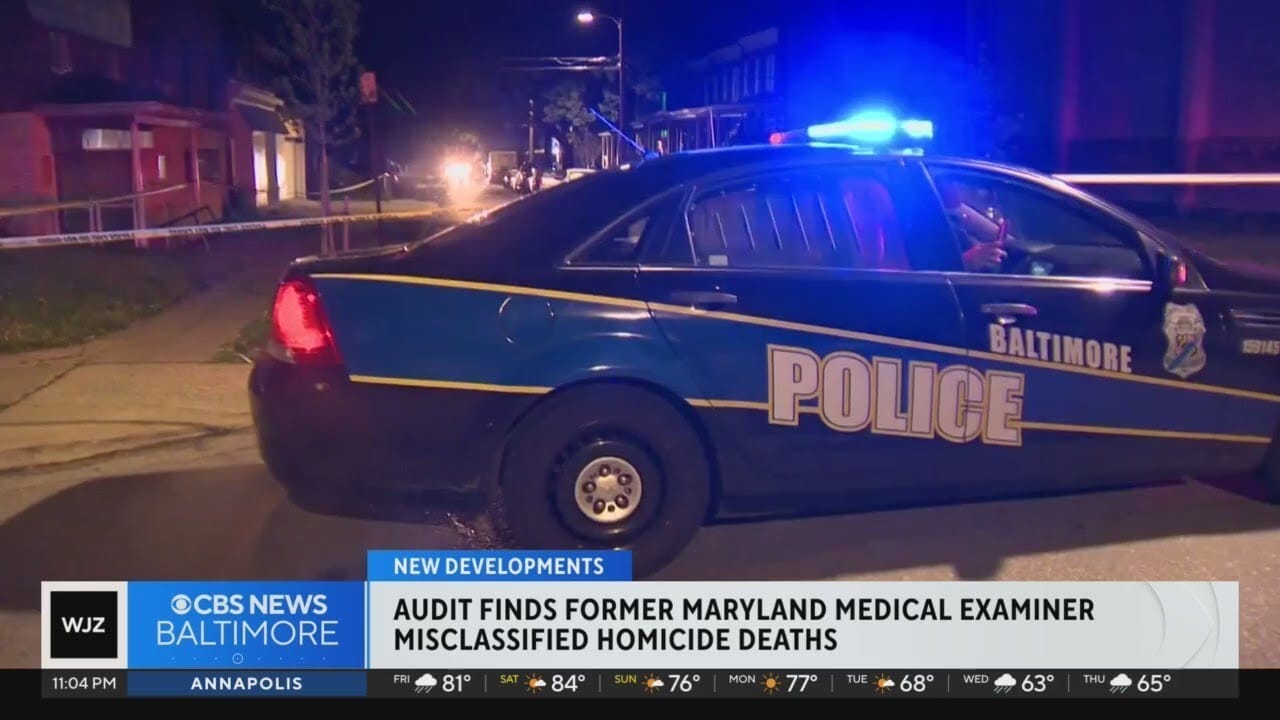
The audit was initiated in 2021, following questions raised about certain past expert testimony.
Specifically, attention was drawn after the trial of Minneapolis Police Officer Derek Chauvin in the death of George Floyd.
Former Chief Medical Examiner Dr. David Fowler, who led the Maryland office during the audit period, testified in that trial.
His testimony, and subsequent concerns from medical experts, spurred the state to commission this large-scale review of past cases.
The use of terms like "excited delirium," which have faced scrutiny from medical associations, was also examined within the past case files.

Potential Factors and Caveats
The audit report also touched on statistical correlations observed in the data.
Researchers noted that, based on their review, the original office was less likely to classify a death as a homicide in cases involving Black individuals or police restraint.
However, Professor Kukucka stressed an important caveat regarding these observations.
Kukucka said that “makes it impossible to know whether racial or pro-police biases truly affected OCME determinations. Those disparities could instead reflect factors other than bias.”
The retrospective nature of the review means establishing definitive links between correlation and causation is difficult.
The focus remains on ensuring current and future practices align with the latest standards in forensic pathology.
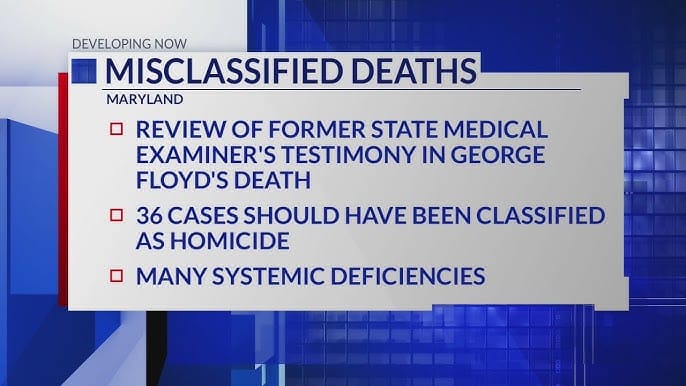
The Big Reveal: Reclassified Cases
After the extensive review by the expert panels, the audit resulted in significant changes to past findings.
In 41 of the 84 cases involving police restraint that were reviewed, the audit panel disagreed with the original cause-of-death determinations.
A substantial number of these disagreements related to cases initially classified as "undetermined."
Out of the 41 cases, 34 were originally ruled "undetermined" cause and manner of death by the medical examiner's office.
Five were initially classified as accidental, and two as natural causes.
Based on the audit panels' consensus (unanimous in 36 cases, 2 out of 3 in 5 cases), these 41 deaths have now been reclassified.
All 41 of these cases are now officially listed as homicides by the state.
These cases occurred across several counties, including 14 in Baltimore City and five each in Baltimore, Montgomery, and Prince George's counties.
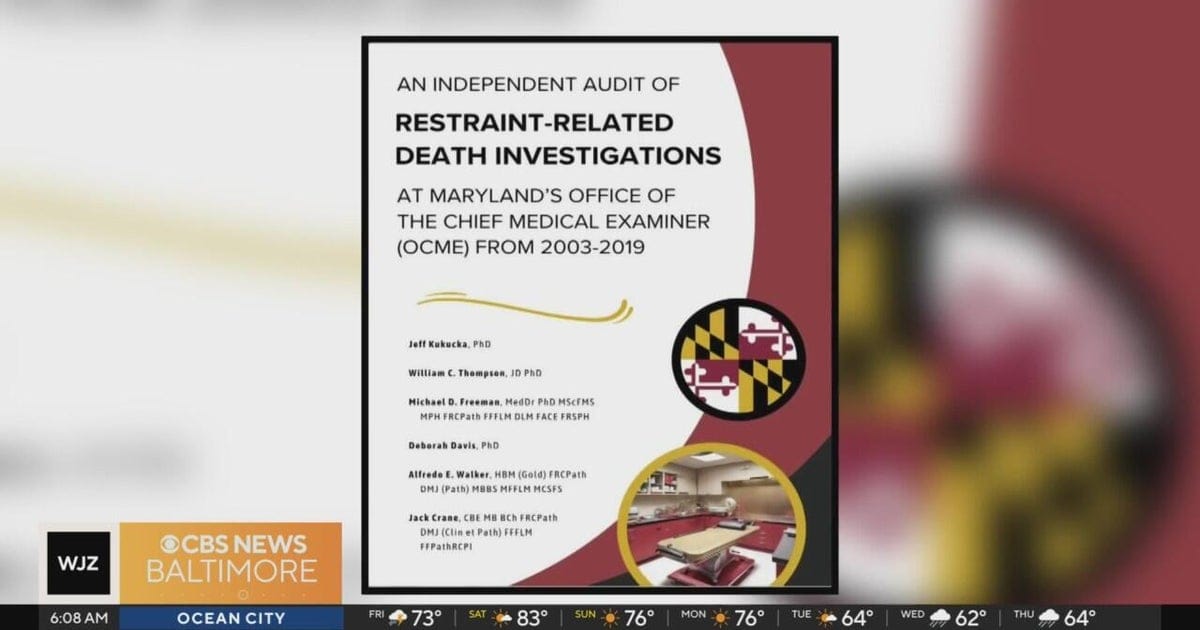
Officials were careful to clarify what this reclassification means.
A homicide classification in this context means that the death occurred as a result of the actions of another person.
It does *not* inherently mean a finding of criminal activity or culpability on the part of any individual.
“There’s no suggestion that anyone is currently culpable, but it’s our responsibility to go through these files... to make determination,” Attorney General Brown stated.
Professor Kukucka reiterated this point, emphasizing that the audit findings do not imply criminal wrongdoing or liability.
Moving Forward
In response to the audit's findings, state officials have announced steps to enhance future death investigations.
Gov. Moore signed an executive order directing a review of these cases by state’s attorneys, which could potentially lead to further action on individual cases.
The order also mandates improvements in investigation policies within the Office of the Chief Medical Examiner, aiming for best practices.
A new task force will be established to focus on policies to reduce in-custody deaths involving police restraint.
Maryland officials hope this comprehensive audit and the resulting actions will serve as a template for other states seeking to review and strengthen their death investigation processes.
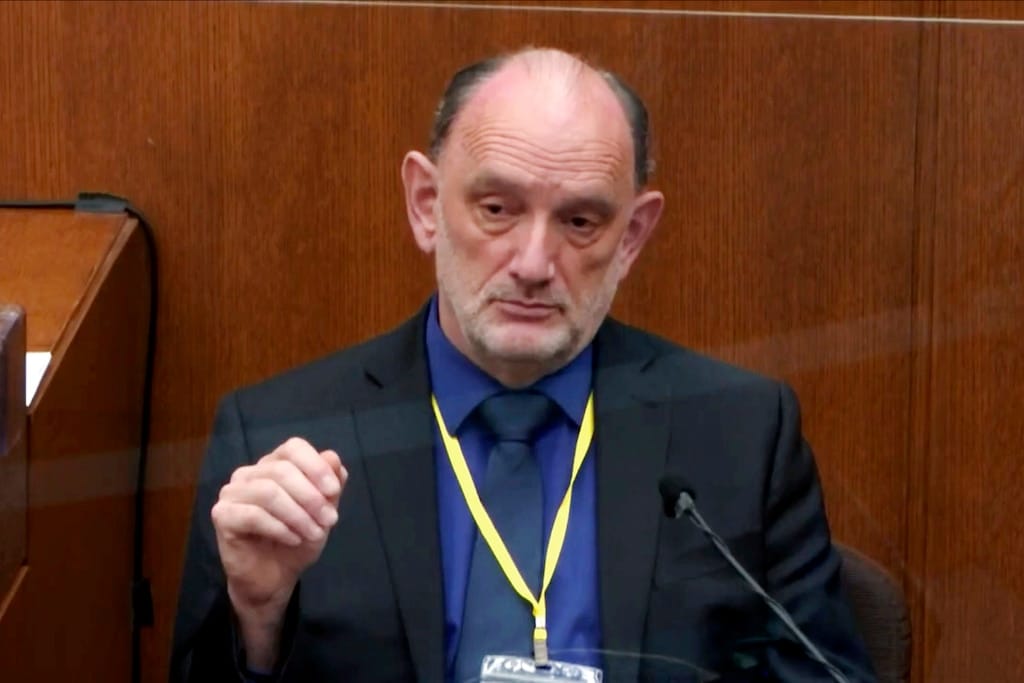
The release of the report marks a significant moment in the state's ongoing effort to ensure transparency and accuracy in its forensic and justice systems.



